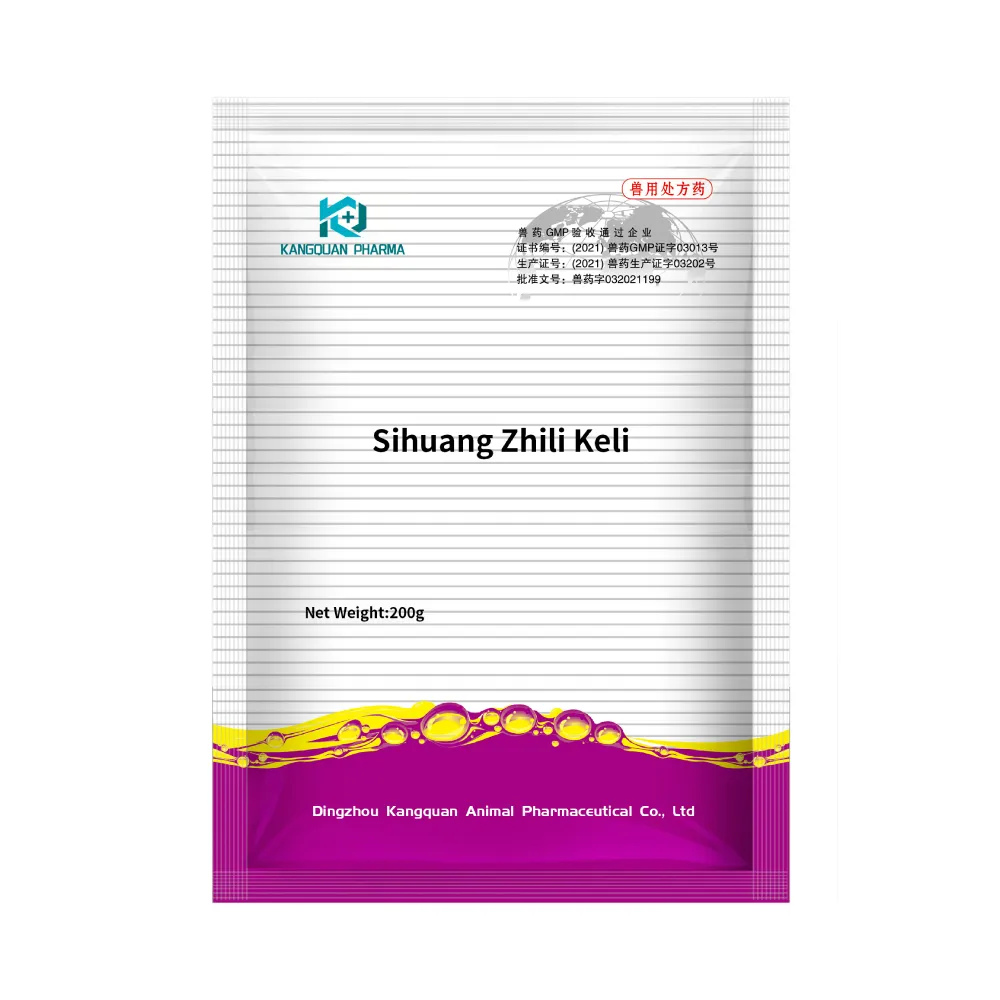- Afrikaans
- Albanian
- Amharic
- Arabic
- Armenian
- Azerbaijani
- Basque
- Belarusian
- Bengali
- Bosnian
- Bulgarian
- Catalan
- Cebuano
- Corsican
- Croatian
- Czech
- Danish
- Dutch
- English
- Esperanto
- Estonian
- Finnish
- French
- Frisian
- Galician
- Georgian
- German
- Greek
- Gujarati
- Haitian Creole
- hausa
- hawaiian
- Hebrew
- Hindi
- Miao
- Hungarian
- Icelandic
- igbo
- Indonesian
- irish
- Italian
- Japanese
- Javanese
- Kannada
- kazakh
- Khmer
- Rwandese
- Korean
- Kurdish
- Kyrgyz
- Lao
- Latin
- Latvian
- Lithuanian
- Luxembourgish
- Macedonian
- Malgashi
- Malay
- Malayalam
- Maltese
- Maori
- Marathi
- Mongolian
- Myanmar
- Nepali
- Norwegian
- Norwegian
- Occitan
- Pashto
- Persian
- Polish
- Portuguese
- Punjabi
- Romanian
- Russian
- Samoan
- Scottish Gaelic
- Serbian
- Sesotho
- Shona
- Sindhi
- Sinhala
- Slovak
- Slovenian
- Somali
- Spanish
- Sundanese
- Swahili
- Swedish
- Tagalog
- Tajik
- Tamil
- Tatar
- Telugu
- Thai
- Turkish
- Turkmen
- Ukrainian
- Urdu
- Uighur
- Uzbek
- Vietnamese
- Welsh
- Bantu
- Yiddish
- Yoruba
- Zulu
Dec . 26, 2024 18:32 Back to list
Effective Human Deworming Medications for Health and Wellness Benefits
Understanding Deworming Human Medication
Deworming medications play a crucial role in maintaining public health, especially in areas where parasitic infections are prevalent. These medications are designed to eliminate parasitic worms from the human body, addressing various types of helminthic infections. This article explores the different types of deworming medications, their mechanisms of action, safety, and the importance of their use in both preventive and therapeutic contexts.
Types of Deworming Medications
Deworming medications can be classified primarily into two categories based on the types of parasitic worms they target broad-spectrum and specific. Broad-spectrum anthelmintics, such as Albendazole and Mebendazole, are effective against a wide range of parasites, including roundworms, hookworms, and tapeworms. These medications are often the first line of defense in treating infections caused by multiple types of worms.
On the other hand, specific anthelmintics, such as Praziquantel, are used to target particular species of worms, such as schistosomes or flukes. Each medication works through distinct mechanisms; for instance, Albendazole disrupts the energy metabolism of the worms by inhibiting glucose uptake, while Praziquantel causes paralysis in the worms’ muscles.
Mechanism of Action
The effectiveness of deworming medications lies in their ability to impair the physiological functions of parasites. By interfering with their metabolic processes, these medications eventually lead to the death and expulsion of the worms from the body. For example, Mebendazole disrupts microtubule formation in the parasites, which is vital for their movement and reproduction. This disruption results not only in the death of adult worms but also in the inhibition of egg production, thereby preventing further infection.
These medications are typically administered orally and are often available in various forms, such as tablets or liquid suspensions. The ease of administration makes them suitable for widespread use, particularly in mass deworming campaigns aimed at reducing the prevalence of parasitic infections in high-risk populations.
deworming human medication

Safety and Side Effects
Deworming medications are generally considered safe when used as directed. Most individuals experience minimal side effects, which may include mild gastrointestinal symptoms such as nausea, abdominal pain, or diarrhea. Severe side effects are rare but can occur, particularly in individuals with significant worm loads, as the rapid death of parasites may lead to an inflammatory response in the body.
It is important to note that while these medications are effective, they should be used judiciously and under the guidance of healthcare professionals. Self-medication or inappropriate use can lead to resistance, diminishing the efficacy of these vital drugs.
Importance of Deworming
The importance of deworming cannot be overstated, especially in low- and middle-income countries where parasitic infections are prevalent. These infections often lead to nutritional deficiencies, anemia, and impaired cognitive development, particularly in children. Regular deworming can significantly improve health outcomes, enhance educational performance, and boost productivity in affected populations.
Governments and health organizations worldwide recognize the need for preventive measures such as mass deworming programs in schools and communities. These initiatives not only help control the spread of infections but also reduce the overall burden of disease in affected populations.
Conclusion
In conclusion, deworming human medication is an essential component of global health strategy aimed at controlling parasitic infections. By understanding the different types of medications available, their mechanisms of action, and the importance of their use, we can better appreciate their role in enhancing public health. Continued research and awareness are vital to improving access to these treatments and ensuring that they remain effective tools in the fight against parasitic infections. As communities and healthcare providers work together, the goals of reducing morbidity and improving quality of life for millions can become a reality through effective deworming practices.
-
Guide to Oxytetracycline Injection
NewsMar.27,2025
-
Guide to Colistin Sulphate
NewsMar.27,2025
-
Gentamicin Sulfate: Uses, Price, And Key Information
NewsMar.27,2025
-
Enrofloxacin Injection: Uses, Price, And Supplier Information
NewsMar.27,2025
-
Dexamethasone Sodium Phosphate Injection: Uses, Price, And Key Information
NewsMar.27,2025
-
Albendazole Tablet: Uses, Dosage, Cost, And Key Information
NewsMar.27,2025













